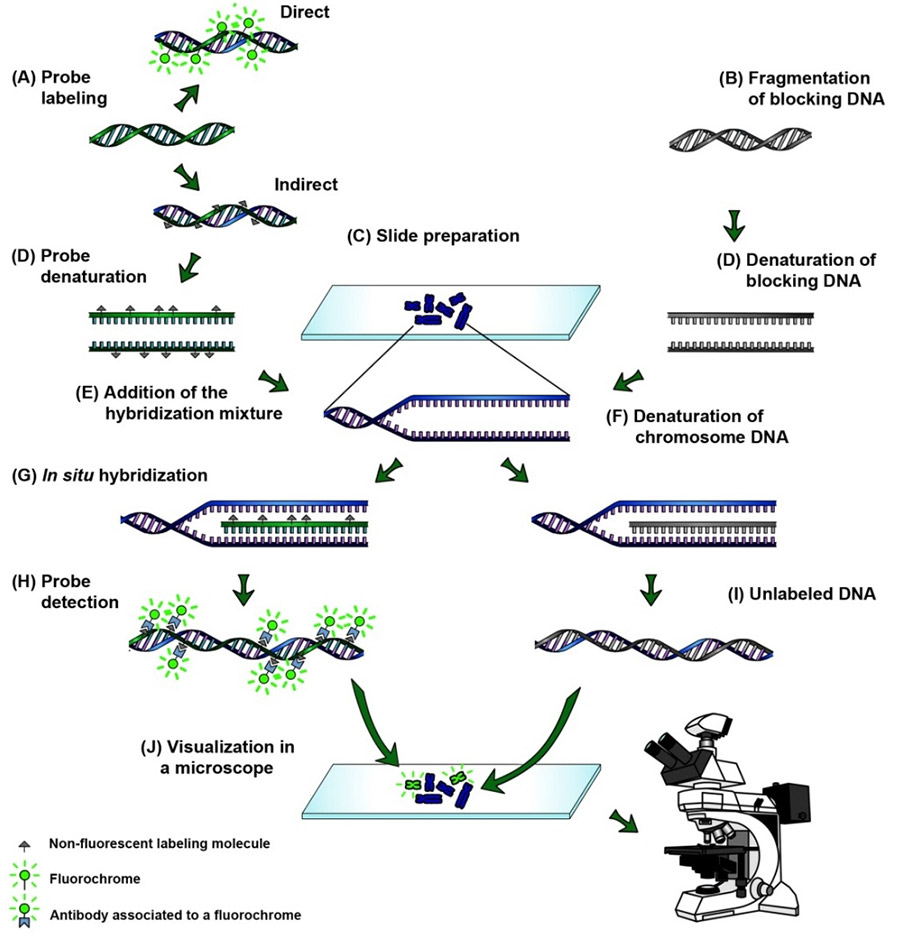In situ hybridization ish in situ hybridization ish is a unique molecular analysis method providing accurate localization of endogenous bacterial or viral nucleic acids such as dna mrna and microrna in metaphase spreads cells and tissue preparations.
Probe synthesis for in situ hybridization.
Molecular medical microbiology second edition 2015.
However in most cases rna probes are obtained by in vitro transcription from plasmids containing specific promoter elements and mrna specific cdna.
Select primers ideal probes are the entire length of your gene.
10 tips for optimizing in situ hybridization here is a comprehensive list of tips for achieving high quality data by in situ hybridization a widely used biological technique providing the end user with accurate localization of endogenous bacterial or viral nucleic acids such as dna mrna and microrna in metaphase spreads cells and tissue preparations.
Fluorescence in situ hybridization.
Fixation and pre treatment of samples are followed by hybridization of a labeled probe by complementary base pairing to the target and.
In situ hybridization is an important tool for analyzing gene expression and developing hypotheses about gene functions.
Most likely from contaminating fluorescein labeled nucleotides that were not incorporated into the oligonucleotide probe during synthesis.
If the gene is 2 kb the probe can be a 1 2 kb fragment of the gene.
The principle of in situ hybridization ish is the specific annealing of a labeled probe to complementary sequences of a target nucleic acid dna or mrna in a fixed specimen followed by detection and visualization of the nucleic acid hybrids with cytological methods.
Riboprobe synthesis for in situ hybridization martindale lab.










